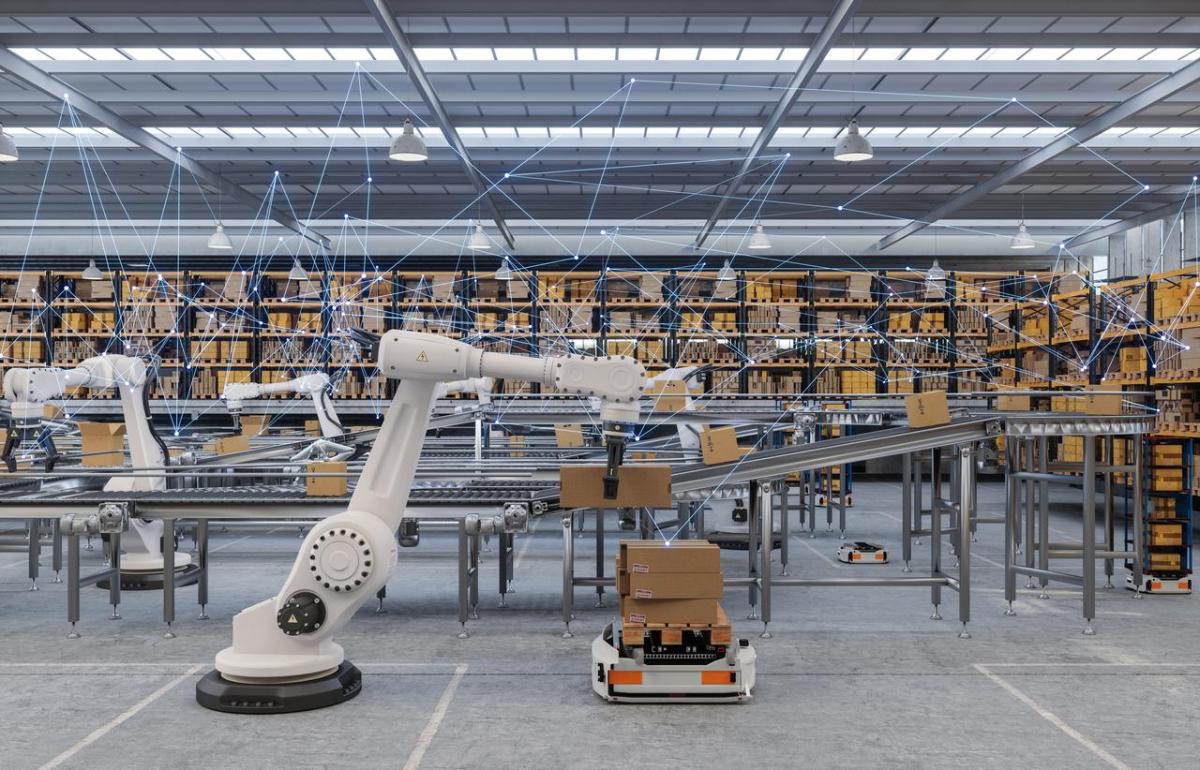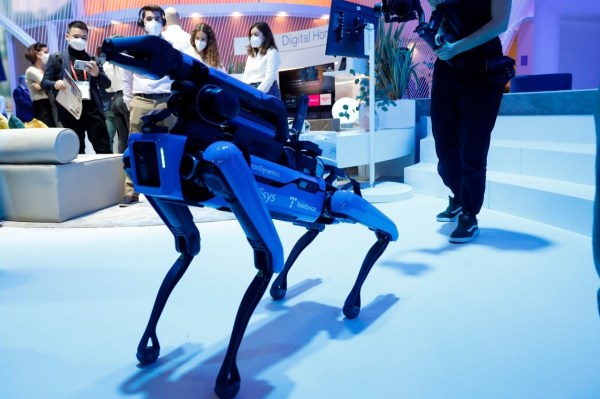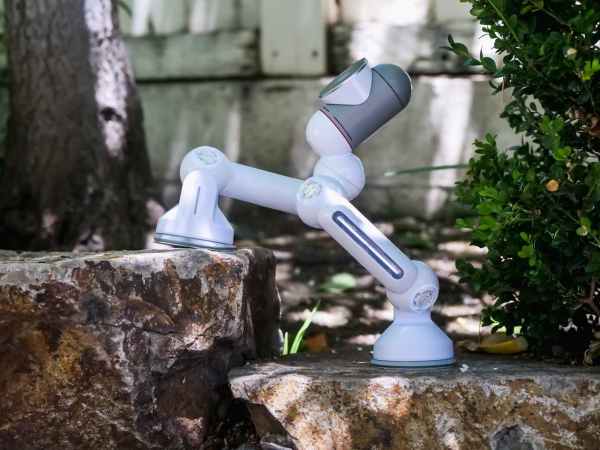The Spanish Royal Academy defines a robot as a “programmable electronic machine or device capable of handling objects and performing different operations”. In short, they’re machines that perform a job or action. Depending on their functions and chronology and the sector they operate in, we can distinguish several types of robots.
Types of robots by chronology
In this case, up to five types of robots can be distinguished, in keeping with the stages that robotics has gone through until the present day.
First generation: robot manipulators
These can pick up and move objects but they have very restricted movements.
Second generation: learning robots
These gather information from the environment to make more complex movements.
Third generation: reprogrammable robots
These are equipped with sensors and they use programming languages to vary their functions in keeping with the needs of any given moment.
Fourth generation: mobile robots
The first intelligent robots capable of interpreting the environment in real time appear in the fourth generation.
Fifth generation: robots with artificial intelligence
This is the stage that’s currently under development. They’re intended to mimic human beings and they’re autonomous.
Types of robots depending on their mobility
Another highly interesting way of classifying robots is related to their mobility. Depending on their performance and capacity for movement and decision-making, they can be distinguished as follows:
- Articulated robots or robotic arms: These have very low capacity, but they’re excellent partners for moving products, handling tools, packaging, etc.
- Automated guided vehicles (AGVs): these move along a pre-defined track and they usually require human supervision.
- Autonomous mobile robots: what are known as AMRs can move and make decisions on their own, practically in real time. They incorporate sensors and on-board processing equipment to carry out their functions.
- Humanoids: usually a type of AMR, they have human forms and they can perform functions like people.
- Cobots: these are designed for the purpose of working alongside with humans, helping with dangerous and repetitive tasks.
Types of robots by function or sector
The second classification used for robots is based on their functions and the environment in which they operate, in other words, the sector they’re designed for, such as industry, livestock breeding, education, health, logistics, etc.
Thus, we can chiefly find military, industrial, service, educational, research, medical and domestic robots, although the list could be as long as the possibilities for their use that exist. Each of them has a specific function. The main ones are outlined below:
- Industrial robots: These types of robots have a clear focus on the production line and they carry out routine and repetitive activities. For example, they may be tasked with categorising products at a warehouse or participating in an assembly line by moving products along it.
- Domestic robots: These help with cleaning tasks and watching over the house. This group includes vacuum-cleaning robots, lawn-mowing robots, kitchen robots that prepare a recipe from start to finish and connected security cameras.
- Educational robots: This group may include machines intended for cognitive development or the learning of a subject. Such as robotics kits for children.
- Military robots: As for military robots, they’re responsible for supporting armies during certain operations, such as transporting equipment and helping to detect the presence of explosives.
- Medical robots: These can provide support for the health sector, e.g. in order to assist people with reduced mobility, move machinery and medicines and even participate in surgical procedures








